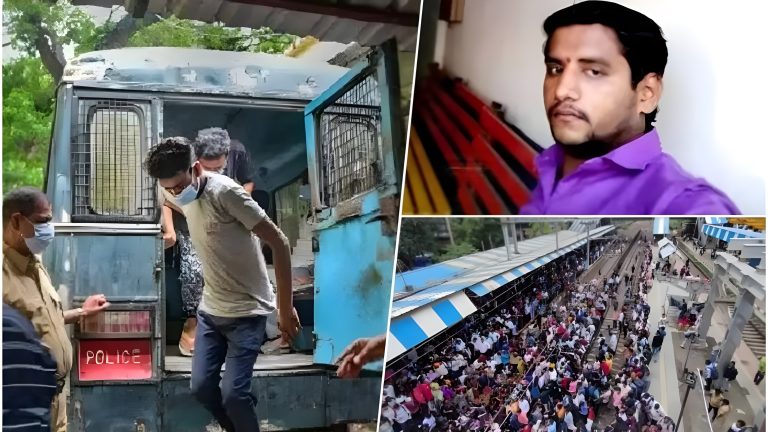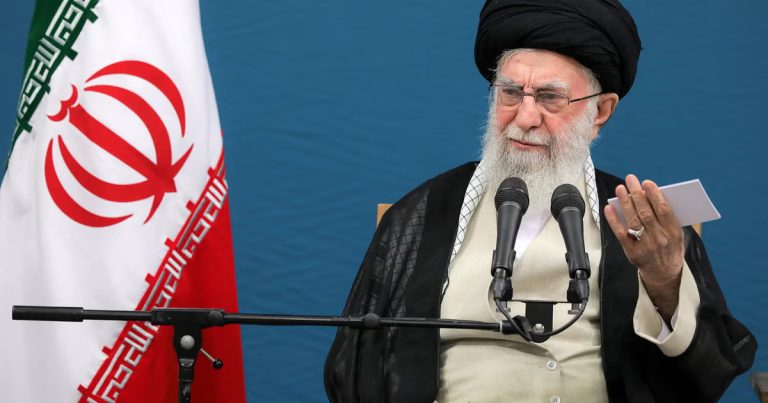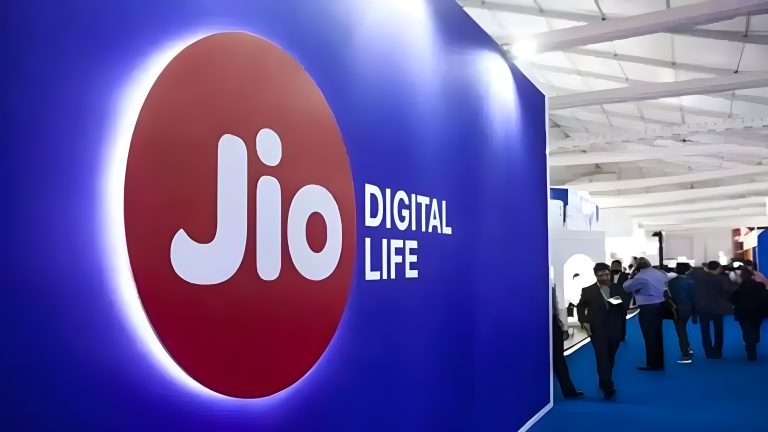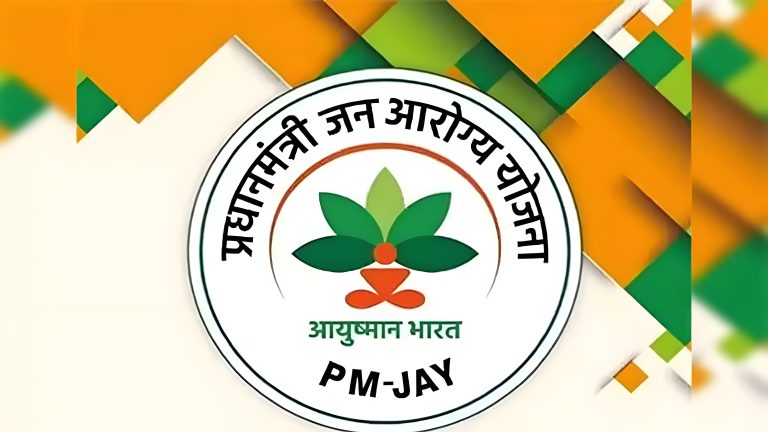Ratan Tata’s body will be kept at the National Centre for Performing Arts (NCPA) in Mumbai’s Nariman Point from 10 am to 4 pm today, where people can pay their last respects.
Industry titan Ratan Tata, who died at the age of 86 in a Mumbai hospital on Wednesday, will be cremated with full state honours. Maharashtra Chief Minister Eknath Shinde also announced a day of mourning on Thursday to honour the legendary industrialist and philanthropist.
The national flag will be flown at half-mast across government offices in Maharashtra as a mark of respect. Many events scheduled for Thursday have been cancelled.
Ratan Tata’s body will be kept at the National Centre for Performing Arts (NCPA) in Mumbai’s Nariman Point from 10 am to 4 pm today, where people can pay their last respects. The cremation will take place at the Worli area later in the day. Home Minister Amit Shah will attend the funeral as Prime Minister Narendra Modi left for Laos to attend the ASEAN-India and East Asia summits.
Mr Tata’s death marks the end of an era in Indian business, where a man reshaped the country’s industrial landscape and catapulted his family-owned conglomerate into a global powerhouse.
Although he controlled over 30 companies operating in more than 100 countries across six continents, Mr Tata lived an unassuming life. Despite his vast influence and success, he never appeared on lists of billionaires and remained a figure of quiet integrity and decency.
Born on December 28, 1937, in Mumbai, Mr Tata hailed from one of India’s most illustrious business families. He was the great-grandson of Jamsetji Tata, the founder of Tata Group, a company that began as a modest trading firm in 1868 but would grow into a business empire spanning industries as diverse as steel, salt, automobiles, software, and even airlines.
Mr Tata’s early life was shaped by his exposure to both privilege and hardship. He was raised by his grandmother, Lady Navajbai Tata, after his parents separated when he was a child. He attended the prestigious Cathedral and John Connon School in Mumbai before moving to the US for higher education. Mr Tata studied at Cornell University, earning a Bachelor of Science degree in Architecture in 1962.
He later attended the Advanced Management Program at Harvard Business School, but his interest in building a career as an architect took a backseat when he returned to India in the early 1960s to work in the family business.
He worked on the shop floor of Tata Steel’s Jamshedpur plant. This hands-on approach to learning would define much of his leadership style in the future.
In 1971, he was appointed director-in-charge of National Radio and Electronics Company (Nelco), a struggling subsidiary of the Tata Group. However, despite his best efforts, the company’s fortunes could not be turned around in the economic environment of the 1970s.
In 1991, Mr Tata succeeded his legendary uncle, JRD. Tata, as chairman of the Tata Group. JRD, who had led the conglomerate for over 50 years, was a towering figure, and Mr Tata faced scepticism from within and outside the organisation. However, he soon proved his doubters wrong.
1991 was also the year when India opened its economy through liberalisation, moving away from its protectionist policies. Mr Tata seized this moment to lead Tata Group into a new era. Under his leadership, the group embraced global expansion, technological innovation, and modern management practices.
In 2000, Mr Tata made headlines with the $431.3 million acquisition of the British tea company, Tetley Tea, marking the group’s first major international acquisition. Tata’s next big bet came in 2004 when the group acquired Daewoo Motors’ truck manufacturing operations in South Korea for $102 million. However, the jewel in Tata’s crown was the acquisition of the Anglo-Dutch steel company Corus Group in 2007. This deal, valued at $11.3 billion, was one of the largest overseas acquisitions by an Indian company and made Tata Steel the fifth-largest steelmaker in the world.
In 2008, Tata Motors made another historic acquisition, buying the iconic British luxury car brands Jaguar and Land Rover (JLR) from Ford Motor Company for $2.3 billion. At the time, JLR was struggling, but under Mr Tata’s stewardship, it experienced a renaissance, becoming one of the most profitable divisions of the Tata Group.
One of Mr Tata’s most personal projects was the Tata Nano, a small car designed to make automobile ownership affordable for millions of Indians. Unveiled in 2008, the Nano was dubbed “the people’s car” and was priced at just ₹ 1 lakh, making it the cheapest car in the world.
While Ratan Tata was a giant in the business world, he was equally revered for his philanthropy. His philanthropic efforts were largely channelled through the Tata Trusts, a set of charitable organisations established by his great-grandfather Jamsetji Tata. These trusts control a majority of the shares in Tata Sons, the holding company of the Tata Group, ensuring that much of the company’s wealth is used for social good.
Mr Tata, who took over the reins of the Tata Group in 1991, was instrumental in the conglomerate’s acquisition of international firms such as Corus and Jaguar Land Rover. He expanded the group’s influence across multiple sectors, from steel and automotive to information technology. A recipient of the Padma Vibhushan, Mr Tata retired in 2012 but continued to guide the group and remained active in philanthropy.
After stepping down as chairman of Tata Sons in 2012, Mr Tata remained actively involved in mentoring young entrepreneurs and investing in start-ups. Through his investment firm RNT Capital Advisors, Mr Tata supported over 30 start-ups, including Ola Electric, Paytm and Lenskart.
His death has drawn an outpouring of grief and tributes from across the country. Prime Minister Narendra Modi remembered Mr Tata as a visionary business leader and a compassionate soul. Business leaders Gautam Adani, Anand Mahindra, and Sundar Pichai also shared their condolences.






